Speeding at 12478 kmph, 230-foot asteroid heading towards Earth, says NASA
Beware! A giant 230-foot asteroid is set to make a close approach to Earth at a blistering speed of 12478 km per hour.
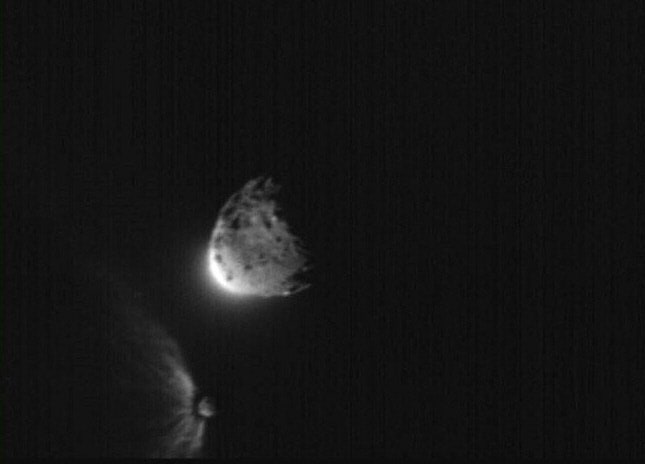
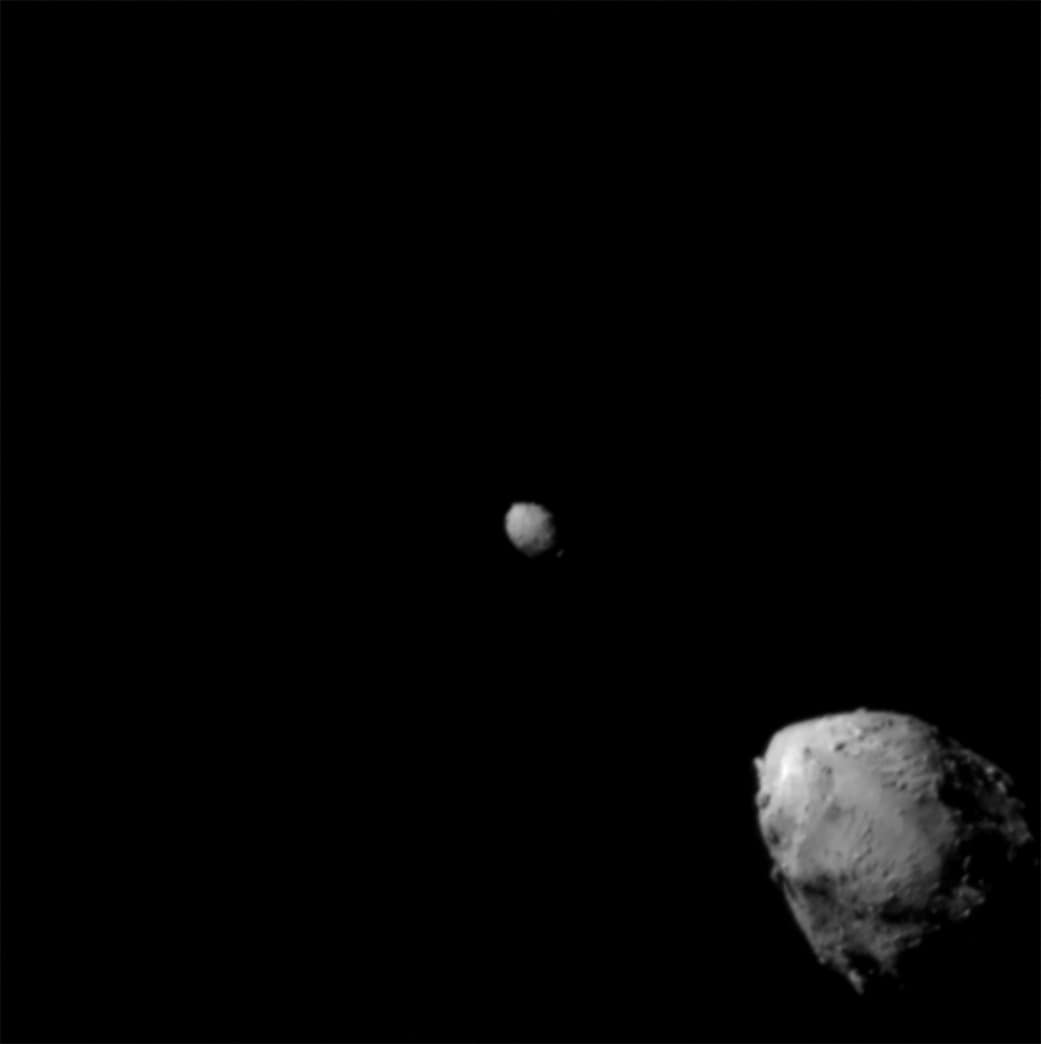
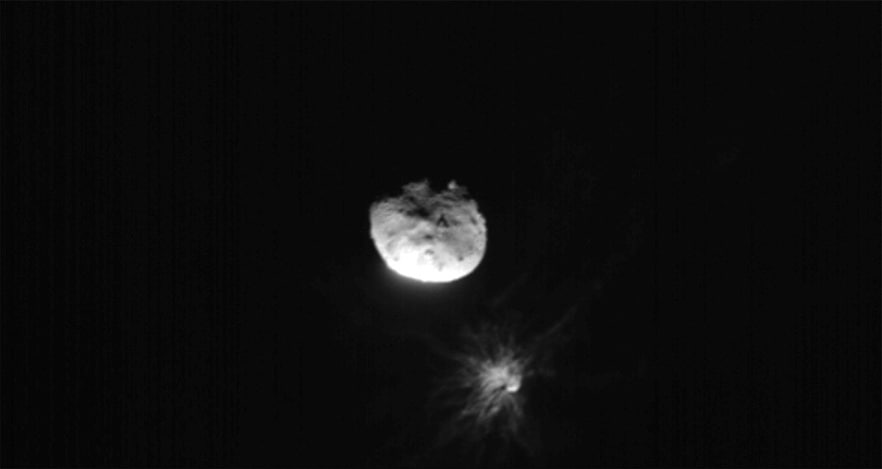
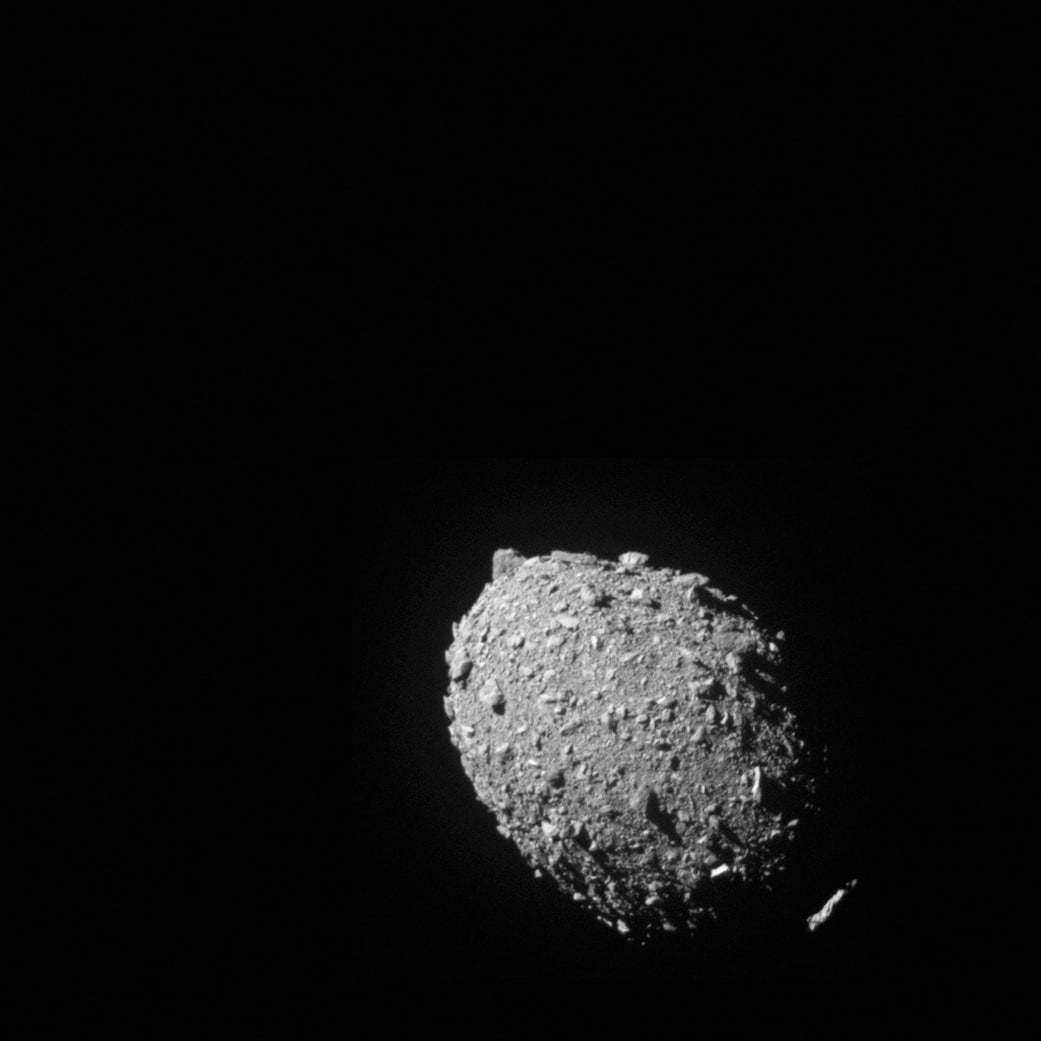
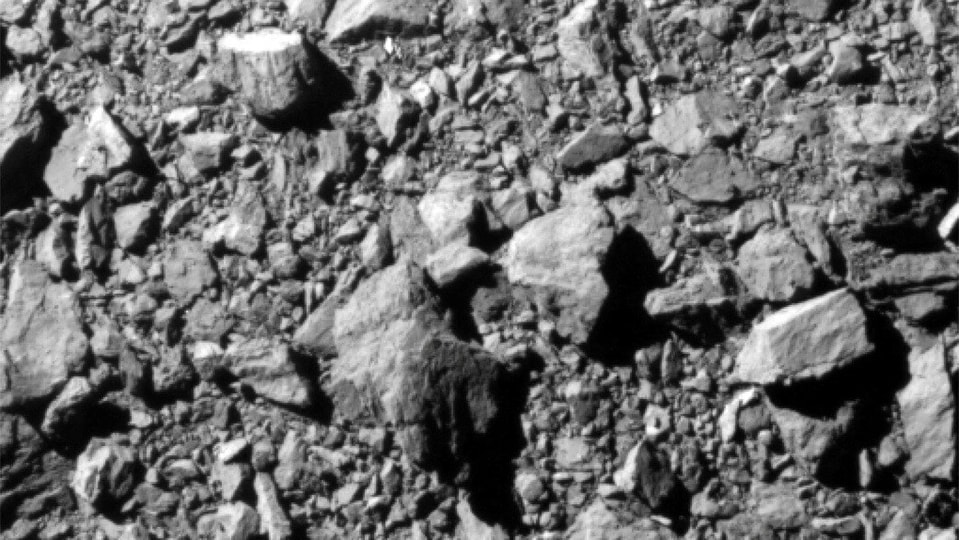
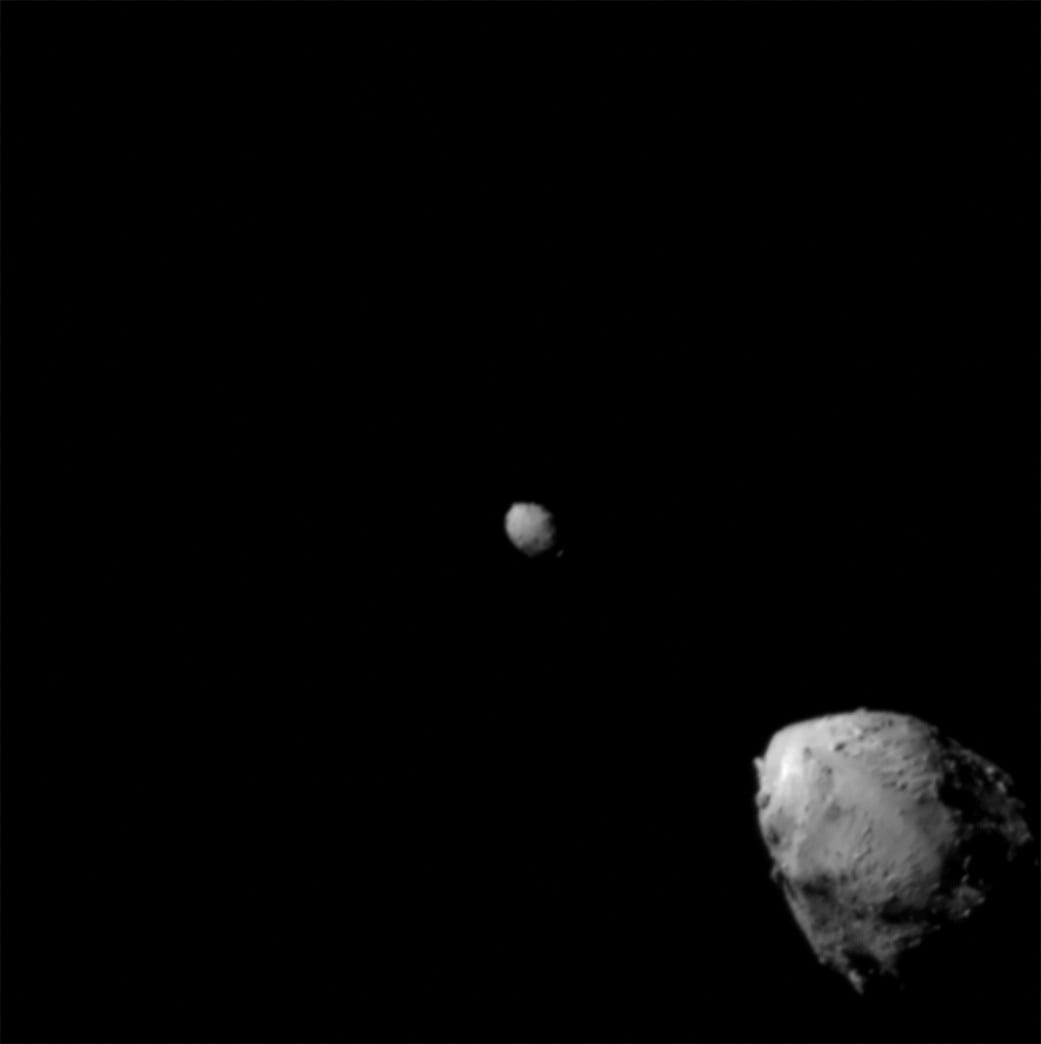
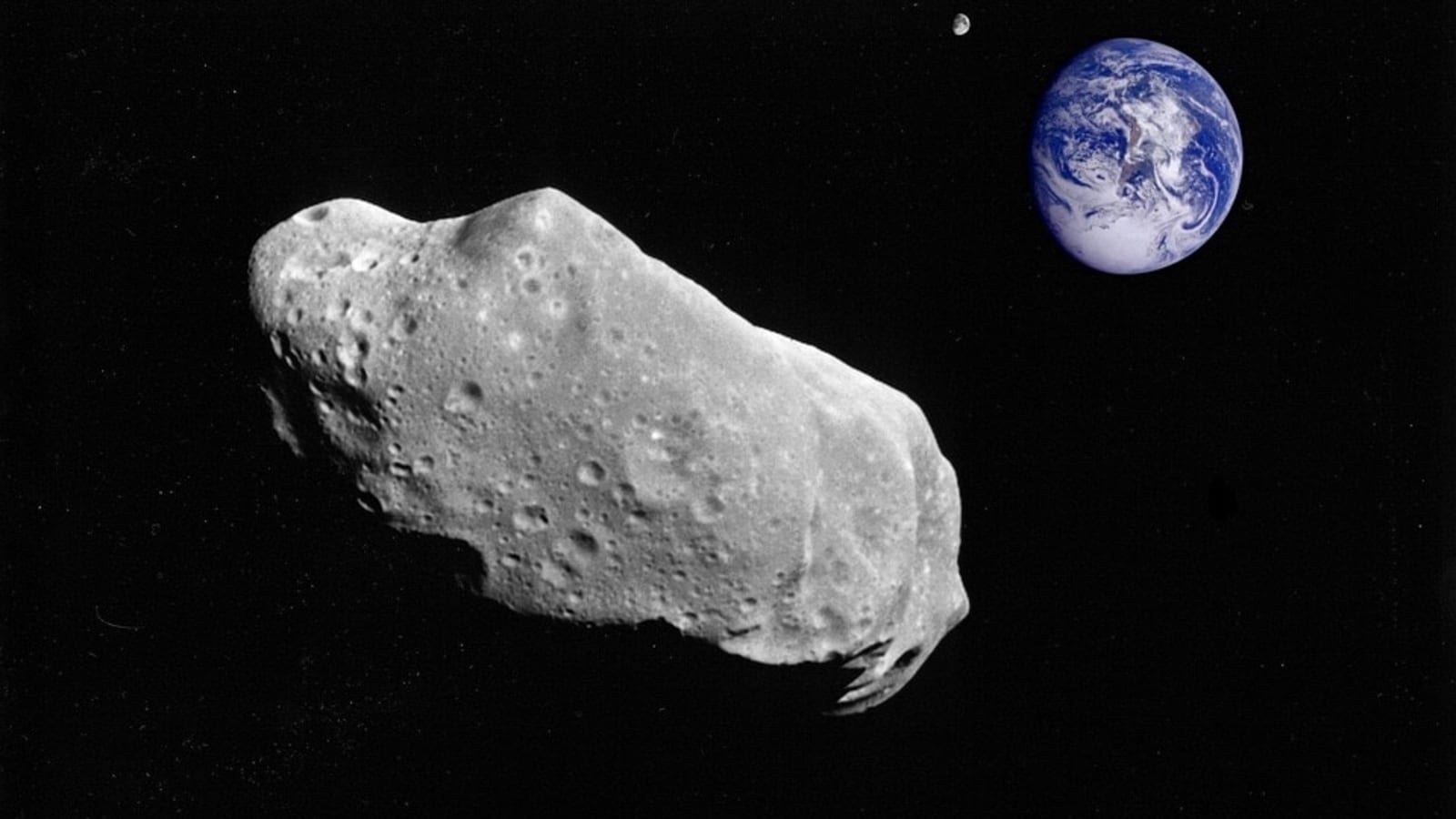
 View all Images
View all ImagesA massive asteroid is on its way to Earth! The worrying part is that it is set to come dangerously close. NASA's Jet Propulsion Laboratory informed on its website that a potentially hazardous, 230-foot asteroid is speeding towards Earth and will come very close on January 29, that is today. This asteroid has been named 2022 SO113.
What makes this asteroid potentially hazardous? NASA's Planetary Defense Coordination Office monitors the skies and keeps a watch on various Near-Earth Objects (NEOs). If any NEO comes within 8 million kilometers of Earth, the organization red flags the NEO and issues an alert. So should you worry about this upcoming 230-foot-wide asteroid? Know what NASA said.
Danger of 230-foot wide asteroid
As per the asteroid data tracking page by NASA, Asteroid 2022 SO113 will fly past the Earth today on January 29 at a very close distance of just 2.6 million miles at a speed of 12478 kmph. NASA's JPL has given the tag of potentially hazardous objects to all those space rocks that approach within 4.6 million miles of Earth and have a size larger than about 150 meters. This is what makes this giant 230-foot asteroid a potential threat to Earth.
The asteroid 2022 SO113 was discovered on September 16, 2022 and it belongs to the Apollo group. Sky.org said that this asteroid makes one orbit around the Sun in 478 days. After this, the next expected close approach of this giant space rock is on December 11, 2039.
Tech behind Asteroid tracking
In order to monitor these asteroids, there are several Earth and Sky-based technologies like telescopes, satellites, and more deployed by NASA. “Some of the most detailed characterization data is obtained for NEOs that approach Earth close enough to be observed with planetary radar, performed by radio telescopes at NASA's Deep Space Network and the National Science Foundation's Arecibo Observatory in Puerto Rico,” NASA revealed.
Catch all the Latest Tech News, Mobile News, Laptop News, Gaming news, Wearables News , How To News, also keep up with us on Whatsapp channel,Twitter, Facebook, Google News, and Instagram. For our latest videos, subscribe to our YouTube channel.




























